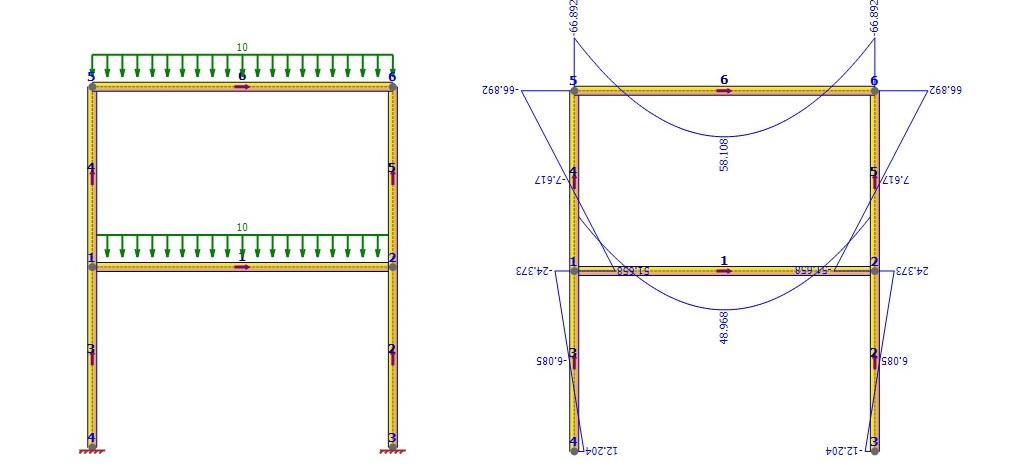Culture shapes our perceptions, beliefs, and values, providing a lens through which we interpret the world around us. Cultural narratives, embedded within societies, influence our understanding of events, people, and issues. One powerful method for exploring these narratives is through frame analysis. In this article, we delve into the concept of frame analysis and how it can be used to uncover and analyze cultural narratives, shedding light on the ways in which societies construct meaning.
Understanding Frames
Frames are cognitive structures that help individuals and societies make sense of complex information and experiences. Frames provide a mental framework for interpreting events and issues. They act as filters, emphasizing certain aspects while downplaying or ignoring others. Frames are deeply ingrained in culture and society, shaping our perspectives and guiding our actions.
Cultural Narratives
Cultural narratives are the stories, myths, and shared beliefs that define a society’s identity and values. These narratives help answer fundamental questions about who we are, where we come from, and what we aspire to be. They are transmitted through various means, including literature, art, religion, and media. Cultural narratives influence how we perceive ourselves, others, and the world.
Frame Analysis: Unpacking Cultural Narratives
Frame analysis is a social science method developed by Erving Goffman and later refined by scholars like Erving Snow and Robert Benford. It involves examining how individuals and societies construct frames to interpret and make sense of events and issues. Frame analysis seeks to uncover the hidden assumptions, values, and narratives that underlie our understanding of the world.
Key Steps in Frame Analysis
- Identifying Frames: The first step in frame analysis is to identify the frames at play in a given context. This involves recognizing the dominant narratives and perspectives that shape how an issue or event is framed.
- Deconstructing Frames: Deconstruction is the process of breaking down frames to reveal their components. Researchers examine the language, symbols, and metaphors used in discourse to identify the underlying cultural narratives.
- Exploring Counter-Frames: Counter-frames are alternative perspectives that challenge the dominant frames. Analyzing counter-frames can provide insights into dissenting voices and competing cultural narratives.
- Examining the Effects: Frame analysis assesses how frames influence public opinion, policies, and actions. It explores the impact of cultural narratives on individual and societal behavior.
Examples of Frame Analysis in Cultural Narratives
- Media Representations: Frame analysis can be used to examine how the media frames certain groups or issues. For example, analyzing media coverage of immigration may reveal how different frames depict immigrants as either threats or contributors to society.
- Political Discourse: Political speeches and debates often employ framing techniques to influence public opinion. Frame analysis can uncover the underlying narratives that politicians use to gain support for their policies.
- Social Movements: Activist movements often employ counter-frames to challenge the dominant narratives of society. Frame analysis can shed light on how social movements redefine issues and mobilize support.
- Literature and Art: Frame analysis can be applied to literature, art, and cultural artifacts to reveal the underlying themes and narratives. For example, analyzing a novel may uncover the cultural narratives embedded in its storyline.
The Importance of Frame Analysis
- Cultural Understanding: Frame analysis deepens our understanding of cultural narratives and how they shape our worldviews. It allows us to explore the cultural values and beliefs that influence our perceptions.
- Conflict Resolution: In contexts of conflict or social change, frame analysis can help bridge divides by uncovering shared values and narratives that may provide common ground for dialogue.
- Media Literacy: Understanding frame analysis enhances media literacy skills. It enables individuals to critically evaluate media messages and recognize underlying biases and narratives.
- Policy Implications: Frame analysis can inform policymaking by revealing how certain frames influence public support or opposition to policies. Policymakers can use this knowledge to communicate effectively with the public.
- Cultural Preservation: Frame analysis can contribute to the preservation of cultural heritage by uncovering the narratives embedded in traditional stories, rituals, and practices.
Conclusion
Cultural narratives are the threads that weave together the tapestry of society. They shape our identities, beliefs, and actions. Frame analysis offers a powerful tool for unraveling these narratives, exposing the hidden assumptions and values that guide our understanding of the world. By engaging in frame analysis, researchers, policymakers, and individuals can gain deeper insights into cultural narratives, fostering cultural understanding, dialogue, and the potential for positive change. In a world where cultural diversity is celebrated, frame analysis serves as a bridge between cultures, allowing us to appreciate the rich tapestry of human experiences and perspectives.

